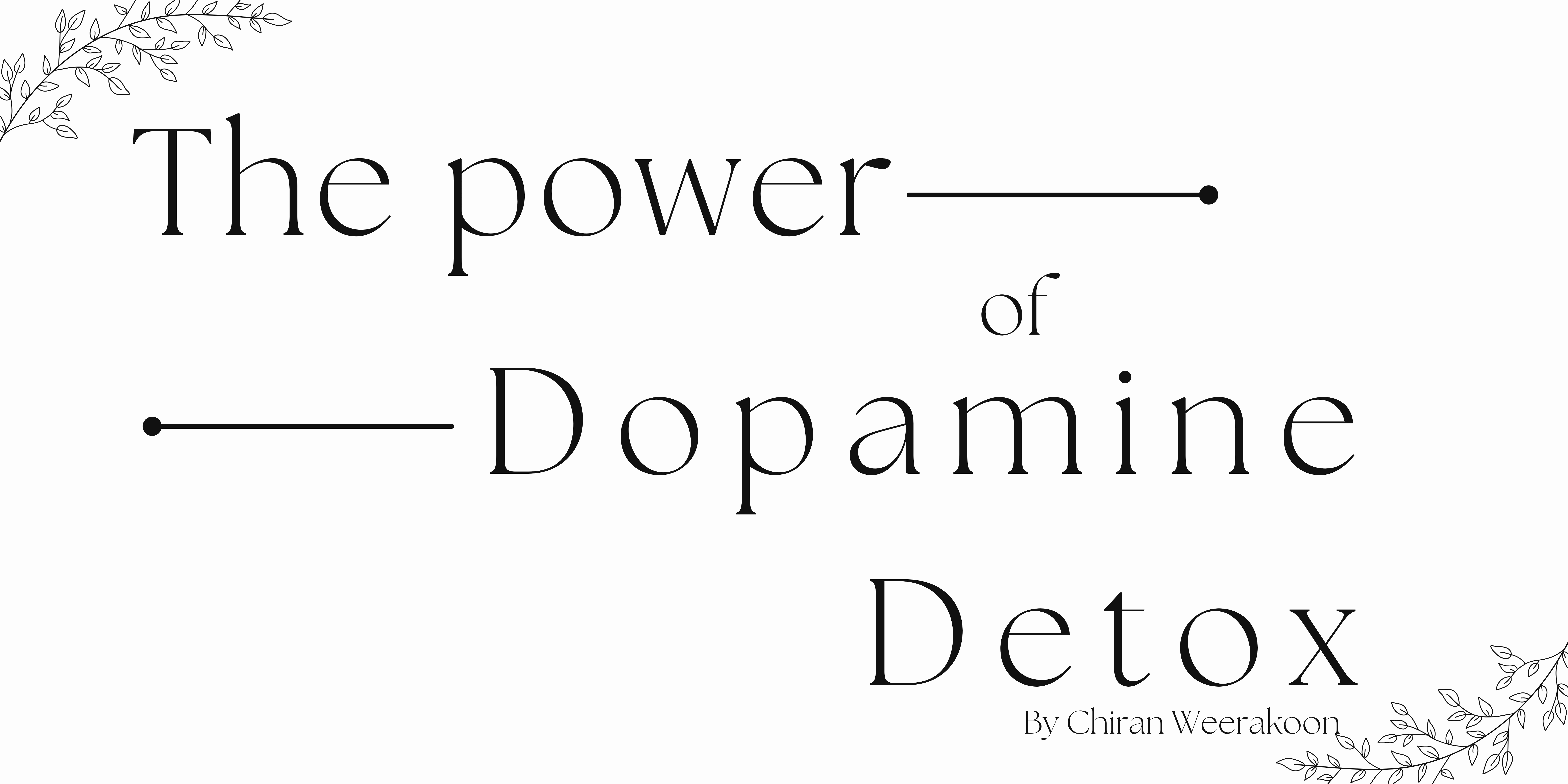
Dopamine has gained a reputation as the “distraction hormone,” particularly in the self-improvement sphere, but this label can be misleading. While dopamine is a neurotransmitter involved in motivation and reward, the notion of detoxing from it entirely is impossible. Instead, the idea behind a dopamine detox is to minimize reliance on activities that trigger instant gratification and build habits that lead to long-term fulfillment.
Social media platforms are among the most prominent culprits in exploiting dopamine. Each notification, like, or message triggers a small release, creating a cycle of short-term satisfaction. This feedback loop is designed to keep users scrolling, much like how slot machines entice players to keep pulling the lever. Over time, frequent exposure to these dopamine surges can lead to a dependence on easy rewards, diminishing the brain’s sensitivity to longer-term achievements that require effort and persistence.
On the other hand, dopamine is also released when meaningful goals are accomplished, though at a slower and more deliberate pace. The delayed gratification of these moments often results in a deeper sense of satisfaction. However, many people struggle to prioritize these kinds of tasks when the allure of immediate, albeit fleeting, pleasure is ever-present. The imbalance between short-term dopamine spikes and the effort needed for longer-term rewards lies at the heart of the challenge that the detox aims to address.
Modern habits such as binge-watching TV shows, compulsive shopping, and excessive phone use are among the most common sources of dopamine over-stimulation. Even setting goals but failing to act on them can trigger a dopamine release, providing a false sense of achievement that, in reality, leads to stagnation. When people become too reliant on these frequent yet shallow dopamine hits, their capacity to concentrate on more rewarding activities, like completing meaningful work or learning new skills, diminishes.
For those seeking a more fulfilling experience, shifting to activities that require effort over time can retrain the brain’s reward system. Regular exercise, for example, releases dopamine after sustained effort, as does achieving significant milestones, engaging in creative hobbies, and investing time in relationships. Though these actions don’t yield the same instant surge, they build toward greater long-term well-being.
A dopamine detox does not seek to eliminate dopamine itself but aims to reduce dependency on quick dopamine fixes. The goal is to retrain the brain to focus on more meaningful, long-term goals that lead to sustained happiness and achievement. By doing so, individuals are able to break the cycle of distraction and procrastination, leading to improvements in focus, productivity, and overall well-being.
Successfully completing a dopamine detox can have profound effects on an individual’s mental state and behavior. One of the most immediate benefits is an increase in the amount of time available to focus on important goals. Without the constant distractions of social media, video games, or other dopamine-triggering activities, there is more mental clarity to tackle significant tasks.
Another benefit is enhanced decision-making. Without the frequent dopamine triggers, the mind becomes less preoccupied with seeking instant gratification. This mental refresh leads to a more thoughtful approach to decision-making and can help people rediscover simple pleasures in life, such as reading a book or taking a walk, activities that may have been overshadowed by more stimulating but less fulfilling pastimes.
As individuals engage in fewer distractions, the brain’s response to dopamine also changes. After completing a detox, many people report feeling more compelled to set and achieve meaningful goals. The drive to seek external validation through social media diminishes, replaced by the more satisfying pursuit of personal success. This shift can lead to an increase in confidence and a reduction in dependence on the approval of others.
To embark on a successful dopamine detox, the first step is identifying the sources of instant gratification in your daily life. For many, this may include endless scrolling through social media, binge-watching television, or compulsive phone use. These activities offer a quick but shallow release of dopamine, leaving little room for long-term fulfillment.
The next step is to create barriers between yourself and these distractions. Relying solely on willpower is not enough; tools like website blockers can help enforce boundaries. For example, apps like Cold Turkey allow users to restrict access to social media or entertainment sites during certain hours. Additionally, removing temptations such as unhealthy snacks or distractions like music can make the detox more manageable.
Replacing old habits with new, more meaningful activities is key to success. Instead of scrolling through social media, individuals can turn to reading, meditating, or engaging in hobbies. Though these actions may seem challenging at first, they provide the kind of deep satisfaction that frequent dopamine triggers cannot. Boredom, often seen as something to be avoided, becomes a powerful motivator to engage in more productive activities.
Implementing the path of least resistance rule can make this shift more attainable. This principle, derived from the philosophy of “atomic habits,” emphasizes changing the environment to make beneficial behaviors easier and destructive ones harder. For instance, keeping books within easy reach encourages reading, while placing phones or computers out of sight discourages impulsive use.


